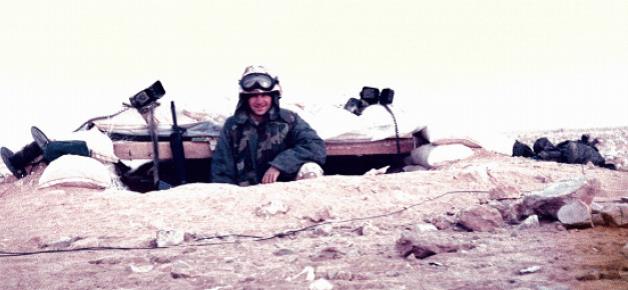In order to effectively compete in today’s hyper-competitive markets, we have developed efficient systems to measure performance against key objectives and frame those objectives into specific results that can be tracked and monitored. These tools are incredibly helpful to align our teams around the critical tasks and provide an efficient starting point to discuss performance at the team and individual level. These tools, if used properly, can also provide early warnings to changes on the periphery of our markets that may become disruptive if not addressed.
As we strive to be effective executive leaders in the workplace, we need to efficiently use these tools to take routine performance management a few steps forward beyond the simple insight of:
- “Did we hit our volume and sales goals?” why or why not?
- “Are we on time and within budget on the new product launch?” why or why not?
- “Is employee turnover within range of our expectations?” why or why not?
Beyond the routine performance management process, effective executives and top talent move their teams forward with a few additional more effective and thoughtful questions:
What did you learn?
How can we apply those learnings today to be more effective tomorrow?
As we look to build and sustain a healthy, highly effective company, executive leaders and top talent need to move beyond just the simple numbers and understanding of what happened. Leaders need to consistently reinforce the importance of individual and shared learning to support the long-term health of the company.
There is no doubt that the task needs to be completed, the product needs to ship on time, the cash flow needs to turn positive (at some point), but it is the ongoing learning that builds the foundation for greater impact down the road.
As effective executive leaders and top talent prioritize discussions about the learnings gained in the process, below are a few of the upsides:
- Reinforce personal growth. Continual growth is the foundation for building a brighter future for us as individuals and teams.
- Lessen the risk of getting arrogant and fooled by short-term, great accomplishments. We typically only gather learnings when disaster strikes. Maintaining some level of discipline to discuss specific learnings when we overachieve will help us avoid the all too common path of arrogance proceeding the fall of a once great organization.
- Demonstrate to others that we care more about them than just the numbers and the benchmarks. Ensuring others know that we care far more about them learning rather than just accomplishing results, we will keep the door open for genuine, healthy, and meaningful relationships in the workplace.
Being intentional about creating a continual learning organization is a worthy endeavor for executive leaders and top talent. In the stress and strain of hitting benchmarks on a performance dashboard that is reviewed each day, week, and month, it will take some discipline to reinforce to our teams the importance of understanding what they learn in the process of delivering the results.
What if I were to ask you, “What is the most difficult leadership challenge you are facing today?” What would you say? Here are a few resources to help:
- Download FREE resources at www.harvesttimepartners.com
- Contact me. Email: david@harvesttimepartners.com (M) 269-370-9275
David Esposito








